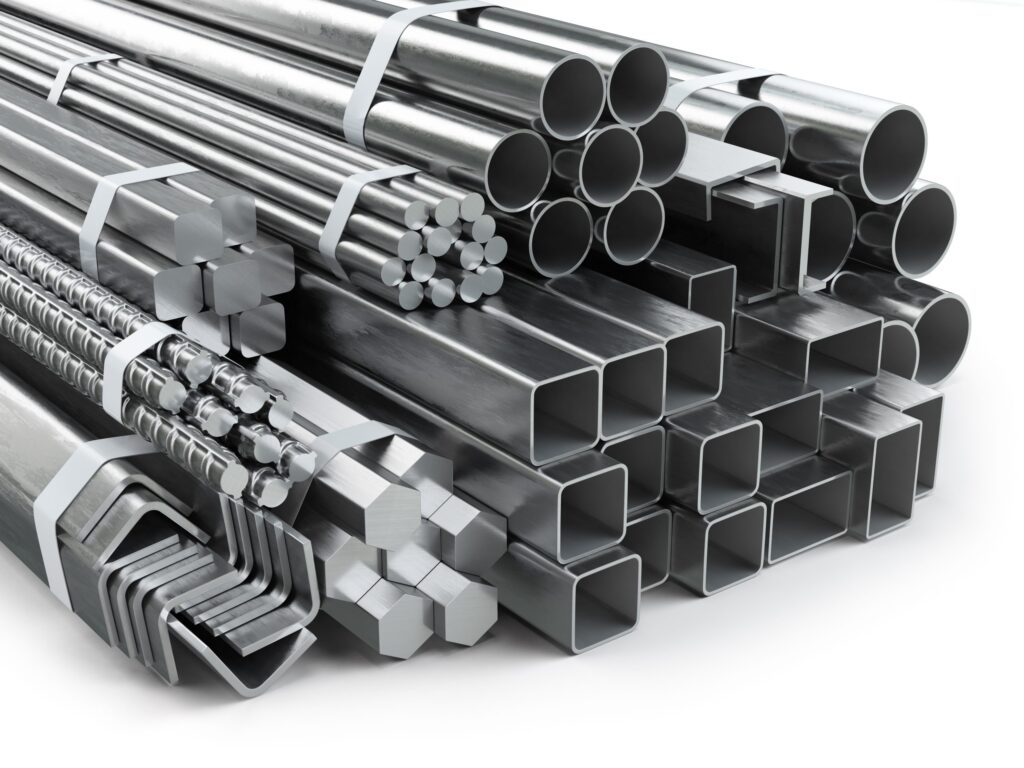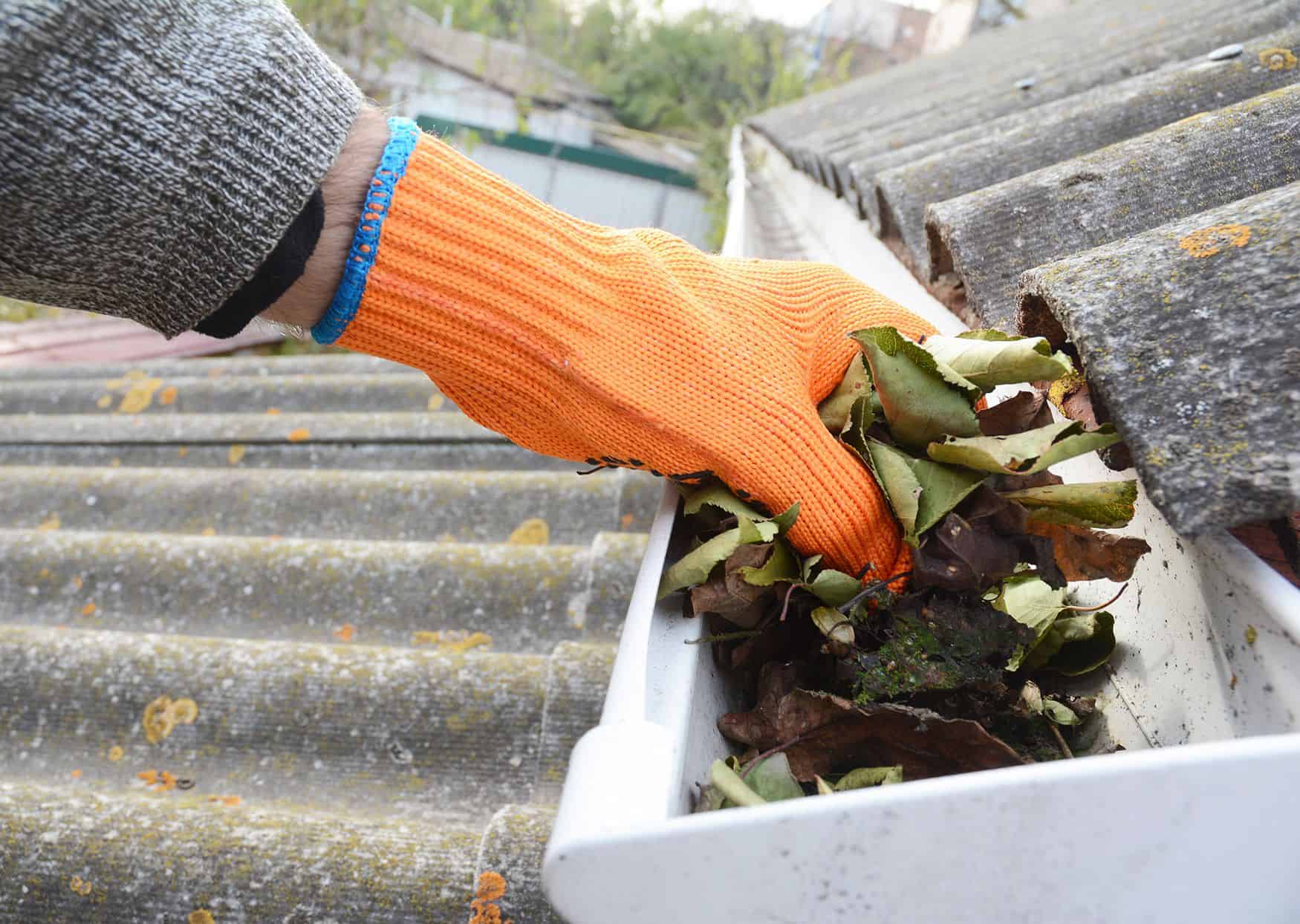
Stainless steel has excellent resistance to corrosion making it the perfect material for kitchen and dining utensils. This is mainly due to the protective chromium layer that it forms on its surface.
Typically, flatware is labelled with ratios such as 18/0 or 18/8, which refer to the amounts of chromium and nickel metal present. However, these ratios may not accurately reflect the amount of nickel and chromium that leaches into foods during cooking.
Iron
The most common mineral used to make stainless steel is iron. It is combined with chromium to create the stainless steel that you find in your kitchen. Chromium protects it from rusting and the combination makes it strong and easy to clean.
The material is also durable and can handle high temperatures which makes it ideal for cooking equipment that will be used frequently. Its smooth surface means that germs and bacteria cannot stick to it, which is essential for maintaining hygiene when food is being prepared or served.
There are dozens of different alloys that can be made from stainless steel but they all have one thing in common: They all contain iron (Fe) and chromium (Cr). The proportions and other elements that are added vary according to the type of steel required. Some are harder than others and some are more magnetic.
When making utensils from stainless steel, a mold is used to form the shape and size of the desired item. It is then heated to a temperature that causes the metal to melt and then solidify rapidly. This process is known as casting.
The resulting product is then stamped and welded. It is then polished to give it a shiny and attractive appearance that can improve the look of any kitchen. Previous studies have found that some nickel and chromium may be leached from stainless steel cookware during cooking processes but the results have been inconsistent because these studies only tested one SS grade and didn’t vary the food or conditions.
Chromium
Chromium is often associated with chrome plating, but it has a far more prevalent use: It is what makes stainless steel “stainless.” When alloyed with iron to produce steel, it produces a hard, strong metal that resists changes in temperature and corrosion. It is this property that makes stainless steel utensils safe to use for contact with liquid and food.
After the metal is melted and formed into an appropriate shape, it must undergo a number of other processes before being ready for fabrication into utensils. These include rolling, forming, forging, press drawing and extrusion. These techniques help the metal achieve its final form, which is then subjected to heat treating and machining.
The forming process involves creating a mold in which the metal will be stamped out into the desired utensil shape. This can be accomplished using a hydraulic or mechanical press. The type of press used influences the ability to create complex shaped pieces and how accurately the finished product matches the original design.
Once the utensils are formed, they must be polished to remove any impurities and ensure they will not scratch or mar. A hemming press is then used to fold the edge of the metal over on itself, which makes the utensil stronger and less likely to warp or distort over time. Spot welding is also used to affix the handles of utensils to their bodies and to link various parts of the utensil together.
Nickel
Nickel is a naturally occurring, silvery-white metal and is the fifth most common element on Earth. It is used extensively in alloying, particularly with Chromium to produce stainless steel. Stainless steel is widely used in kitchen and food processing equipment, such as pots and pans, due to its corrosion resistance. Its excellent strength, durability and economy make it a very versatile material.
Nickel-chromium alloys typically contain between 40 and 70 percent nickel and are used in corrosive chemical environments and high-temperature applications. These include marine equipment, inorganic acid and alkali handling machinery, and stainless steel utensils. Nickel-copper and copper-nickel alloys are also used in these applications.
Stainless steel utensils are an under-recognized source of nickel and chromium in the human diet. Tomato sauce samples cooked in stainless steel cookware showed significantly elevated levels of Ni and Cr, compared to those made from aluminum or glass cookware. The amount of nickel and chromium leached from stainless steel cookware depends on the type of food, cooking time and other factors.
During the manufacturing process of stainless steel utensils, metal sheets are loaded into a blanking press, where they are punched and die-cut to create the basic form of the utensil. This is known as “blanking.” The quality of the molds used for blanking is critical to the final product’s performance and longevity.
Carbon
The reason why stainless steel is commonly used for utensils that come into contact with liquid and food is due to its ability to resist corrosion. This is due to a protective chromium oxide layer on the surface. It is still susceptible to rust and corrosion however, especially if it is not properly cared for. However, if this is maintained correctly, it can be highly durable and provide a long-lasting finish.
Generally, stainless steels have high yield and tensile strength, and they are malleable and highly formable. They can also be combined with a range of other metals to enhance their properties. For example, chromium and nickel add to its corrosion resistance, while other metals enhance its hardness, ductility, toughness, and resistance to damage.
For example, grade 304, also known as 18/8 stainless steel, has 18% chrome and 10% nickel, making it extremely strong but still quite soft. It is commonly used for kitchen equipment, cutlery, and food processing machinery.
In the production process, a flat sheet of metal is first cut or punched with a blanking press to create its basic shape. A stamping machine then creates a pattern or design on the metal sheet. Hemming is another technique that can be used to produce stronger utensils by folding the rim of the metal in on itself. This is frequently used to make the handles of utensils as well as the bodies of the items.






























